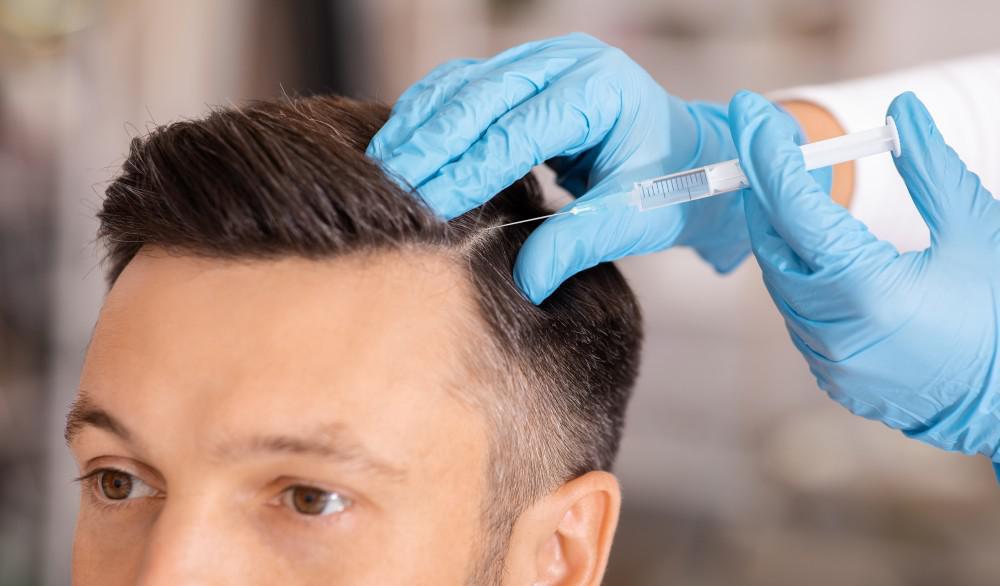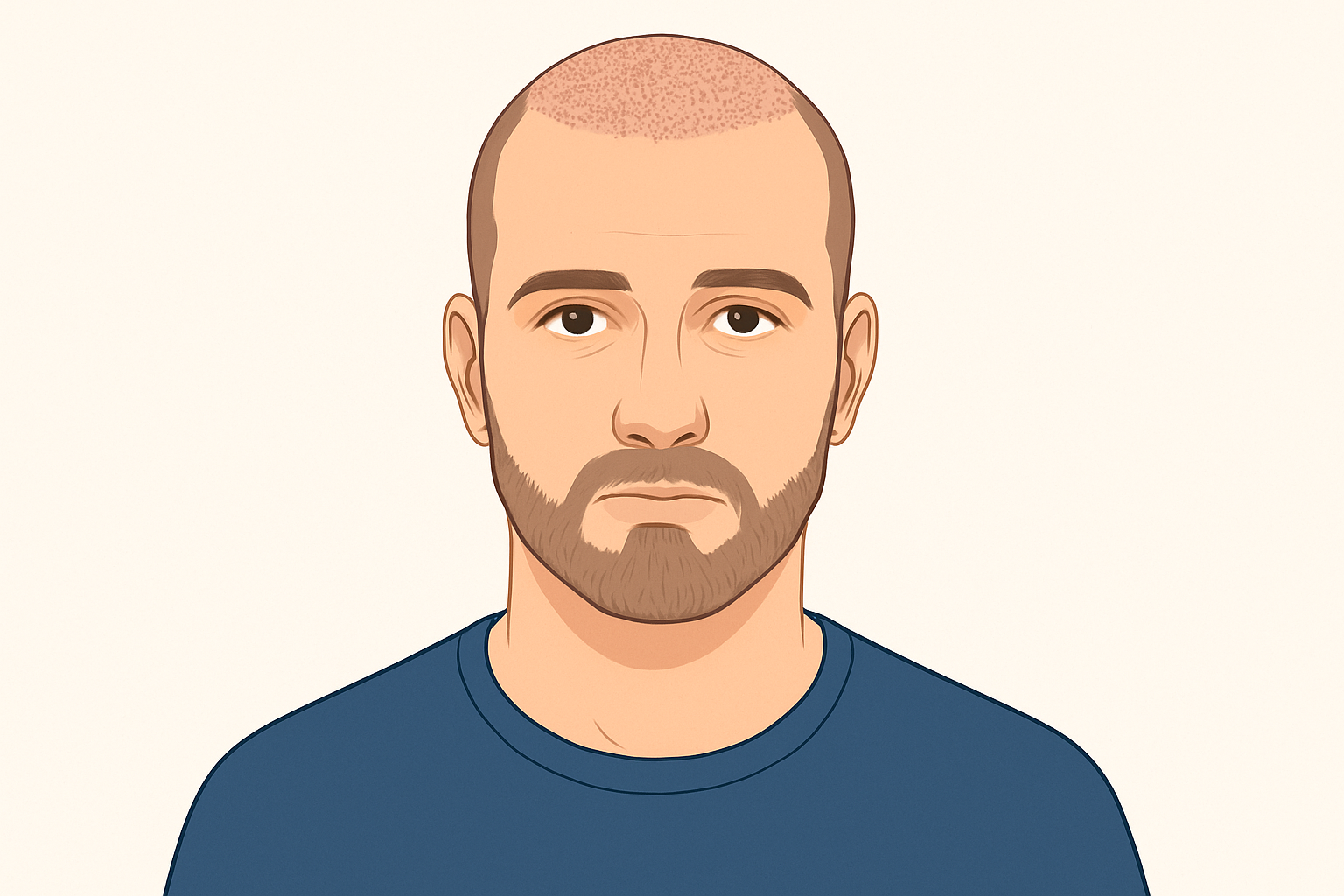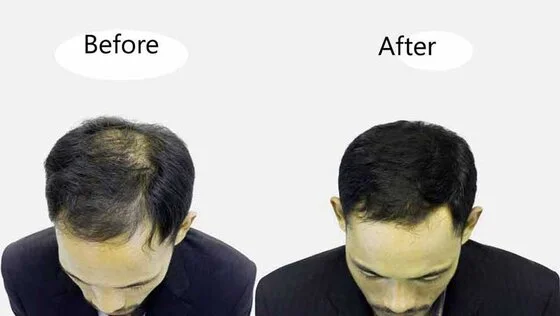Second Hair Transplant: The Need and the Ideal Time Gap
Hair transplant has taken a significant leap in recent years. Today, people consider it a viable and safe option to get away with pattern baldness. Even celebrities don’t mind opting for hair transplant surgery due to its long-term benefits.
Some obvious questions regarding hair transplants
Despite immense popularity and high-end success rate, several questions are bound to come to your mind regarding a hair transplant. For instance:
- Is hair transplant safe?
- Who is the best surgeon in your city?
- How long the complete process will take?
- Will you achieve the desired look that you are dreaming of?
- How much will the first hair transplant surgery last?
- Will you have to undergo revisional surgery?
Opting for the second surgery
Why do people undergo a second hair transplant?
Generally, the first session of a hair transplant is decent enough to get favorable outcomes. Depending on the condition of the bald area, density is a major prerequisite for the hairline to acquire a natural and fuller look. The urge for second or later surgeries however depends on several reasons.
- The method used: Much depends on whether the surgeon used follicular unit hair transplantation or follicular unit extraction for the initial surgery. The suitability of the technique on the patient’s hair will decide the need for a second surgery.
- Insufficient quantity of grafts: At times, the quantity of hair grafts is not adequate to provide the desired look. Hence, after a few months, when the grafts are available, the surgeon will recommend a second hair transplant.
- Far from expected results: If after the first transplant, you do not feel satisfied with the results, the surgeon is likely to suggest another surgery after 10 months or more for a denser look.
- To correct the shortcomings: If the first hair transplant leaves some flaws, you have to undergo a second transplant.
- Hereditary reasons: Due to your family’s history of hair loss, where hair restoration ceases to turn up in the foremost surgery, you will have to undergo a second hair transplant.
- Inexperienced surgeon: The inability of the surgeon to carry out the hair transplant with perfection, followed by the poor support of the medical staff could be a strong reason behind repeated surgery.
- Less or no aftercare: Failing to abide by the requisite aftercare instructions could tend to destroy or reduce the hair restoration growth thus necessitating the need for a second hair transplant.
The waiting time for the second surgery
Precautions after second hair transplant
- Avoid sunlight
- Do not take alcohol
- Avoid eating junk food
- Do not wear tight headgear for a few days after the surgery
- Avoid the use of gels, hair spray, etc. for the first week
- Can go for a haircut only after 2 weeks of the surgery
- Avoid coloring your hair up to 1 month of the treatment
- Continue taking medicines as instructed by your surgeon
- Selecting the best surgeon for a second hair transplant
Bottomline
Will Your Hair Transplant Results Last for a Lifetime?
An insight into Hair transplant
Do hair transplants eventually stop working?
- Effectiveness of the treatment,
- Number of treatments, and
- Natural hair growth cycle
Can the hair stop growing after a transplant?
- Your surgeon's level of experience: To find out whether you are a good candidate for hair transplant surgery, your doctor will need to evaluate the donor area thoroughly.
- Chemotherapy: Although the implanted follicles will not fall out due to male pattern baldness, other causes of hair loss, medications, and chemotherapy can induce hair loss in the treated areas.
- Hormonal shifts: The DHT hormone will continue not to affect the implanted follicles. Other hormone abnormalities, however, may also affect implantation density.
- Injuries and accidents: In addition to damaging the follicles, severe trauma to the scalp can also cause scarring. Scar tissue does not promote healthy hair growth, so it might permanently zap your mane.
Advantages of a hair transplant
- Guaranteed security : The transplantation is quite safe because it uses your own hair. The human body tolerates the hair extracted from one’s own body without causing any harm or infection. The procedure is completely chemical-free. Therefore, it poses no health risks.
- No tonal or textural shifts : Given that the treatment uses your hair, it will return to its pre-treated state. Nothing will alter in tone or texture, though your hair may turn silvery as you age, mimicking your body's natural aging cycle.
- Reduced scarring : Both methods involve shaving off a small section of hair or skin to expose the hair follicles beneath. The natural hair around the area conceals any minor wounds or scars that may have resulted. In the meantime, the area returns to its natural state, restoring and flourishing.
- Realistic locks: Your new hair is easy to maintain and develops as your hair does. Unlike with other treatments and chemicals, you will not need to use any specific shampoos or chemicals to keep its density.
- Long-term fix: Hair transplant surgery is the only long-term answer to male pattern baldness, female pattern baldness, hair loss, and a receding hairline. After about three months, hair begins to grow normally. Within 8-10 months, it will have fully recovered.
- Money saver: After completing this treatment in a single session, you will only need to return for follow-up appointments occasionally. The permanent solution you get to combat hair loss makes it the most cost-efficient alternative compared to its chemical rivals and salon treatments, which may be less effective.
When will you start experiencing outcomes?
- You may have more hair loss in the first three months than usual. This is a natural and healthy occurrence. This is only one of several preparatory steps your surgeon should review with you
- About four months following surgery, the transplanted hair follicles begin to sprout hair, with the density increasing gradually over time.
- Your new hair will gradually grow to the same length and texture as the rest
- Improvement is typically apparent by the 9-month point. However, new hair growth will continue after that. After 12-15 months, you can observe the outcome easily.
Do you foresee the need for another hair transplant?
Wrapping up!
Navigating Hair Transplant Timelines And Recovery Phases
How long does a hair transplant take?
- The complexity of the method
- The strategy utilized, and
- The tendency of the patient to lose hair
Which factors influence recovery time after a hair transplant?
Navigating the recovery timeline after a hair transplant
As the healing time after a hair transplant advances, noticeable enhancements become evident. The relocated hair begins to develop, adding to upgraded inclusion and making way for a tastefully satisfying appearance. The majority of patients experience positive changes during this time, though individual outcomes may vary.
While the underlying periods of recuperation give noticeable enhancements, the full range of results might require as long as a year or more. During this time, as the transplanted hair continues to mature and blend in seamlessly with the existing hair, patience holds the key. Most people are happy with their final and natural-looking hair transplant results by the end of the first year.
The selection of a surgeon will make the difference
Final Words
Hair Transplant Surgery: Short and Long-term Precautions Post-op
An FUE hair transplant can work effectively in fulfilling your wish for hair restoration. It is a welcome treatment to overcome your hair loss miseries and leave you with natural-looking hair that will remain forever on your scalp.
Nevertheless, the results will depend very much on the extent of the care you take for your restored hair. If you do not follow the necessary precautions, those permanent-looking results could be short-lived.
You should take careful measures to preserve your transplanted hair for a lifetime immediately after the surgery and in the long term.
Short-term Precautions after a hair transplant
Here are some worth considering tips to follow immediately after the surgery, till a few weeks later.
Long-term precautions after a hair transplant
Before-surgery Precautions
Bottomline
These Easy Tips Are Worth Trying To Combat Hair Loss
.jpg)




